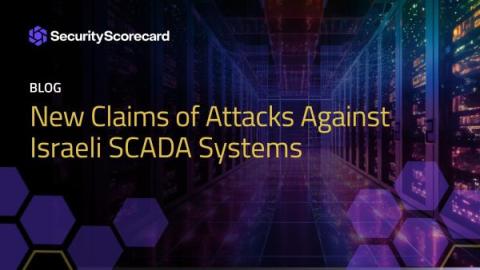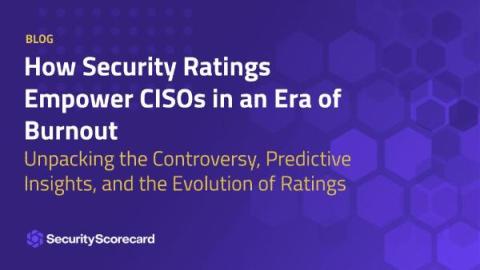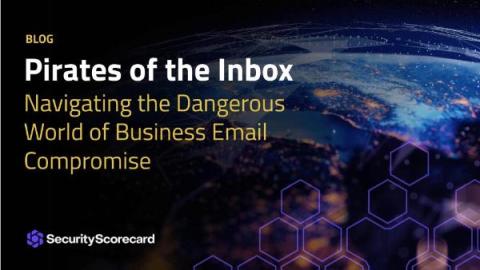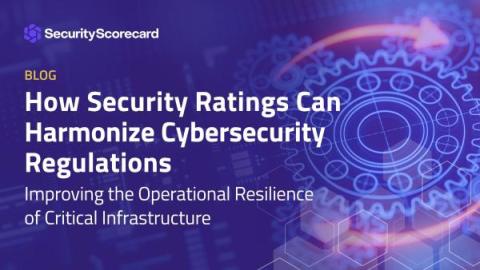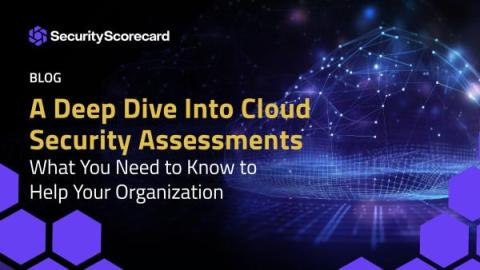New Claims of Attacks Against Israeli SCADA Systems
Since Hamas’s attack on Israel last month, SecurityScorecard’s SecurityScorecard Threat Research, Intelligence, Knowledge, and Engagement (STRIKE) Team has paid close attention to hacktivist activity provoked by the conflict, with particular focus on the international scope.


